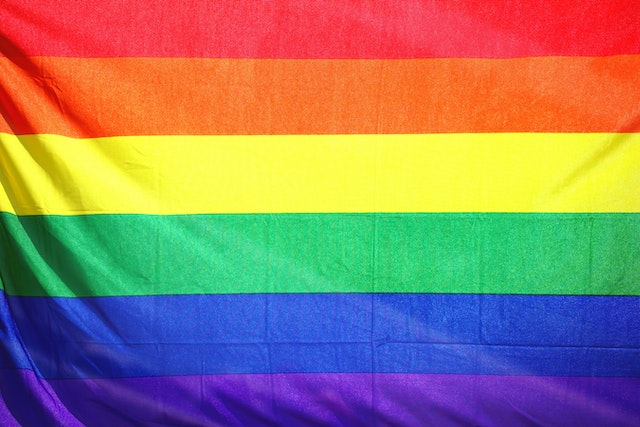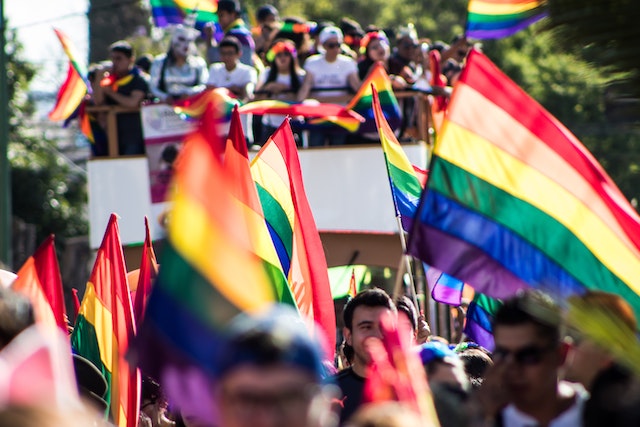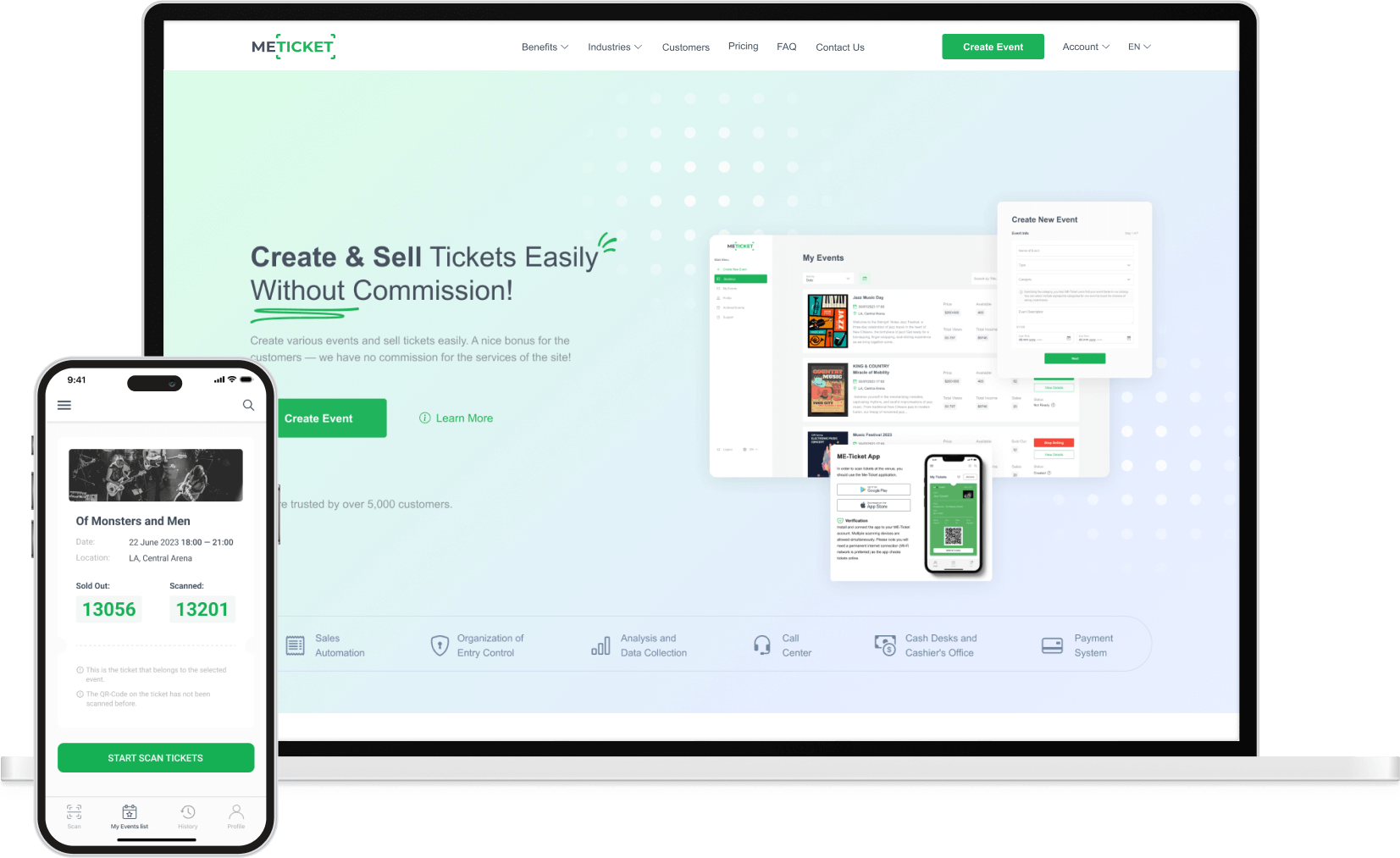How LGBTQIA+ youth utilize social media to preserve and understand familial ties
How LGBTQIA+ youth utilize social media to preserve and understand familial ties

Visibility of LGBTQIA+ individuals has been a major theme of World Pride. This is crucial for LGBTQIA+ people for embracing themselves, validating who they are, and establishing their identity in the world. Social media offers fresh options for visibility, and many users have recently posted their Pride festivities on the platform. But not everyone.
According to a recent study, LGBTQIA+ young people make social media posting decisions with their family in mind in order to strengthen and preserve their relationships with them.
65 LGBTQIA+ persons from all Australian states and territories, ranging in age from 16 to 30, took part in focus groups and interviews. These young individuals, who represented a variety of ethnic origins and sexual orientations, identified with a wide spectrum of gender identities.
Visibility of LGBTQIA+ individuals has been a major theme of World Pride. This is crucial for LGBTQIA+ people for embracing themselves, validating who they are, and establishing their identity in the world. Social media offers fresh options for visibility, and many users have recently posted their Pride festivities on the platform. But not everyone.
According to a recent study, LGBTQIA+ young people make social media posting decisions with their family in mind in order to strengthen and preserve their relationships with them.
65 LGBTQIA+ persons from all Australian states and territories, ranging in age from 16 to 30, took part in focus groups and interviews. These young individuals, who represented a variety of ethnic origins and sexual orientations, identified with a wide spectrum of gender identities.
A risk is family?
Research on LGBTQIA+ online experiences to date often refers to the family as a "risk" factor. LGBTQIA+ persons may unintentionally "out" themselves to family members or have their gender or sexual orientation accidentally shared online.
Yet, the research revealed that some young people really use social media platforms like Facebook and Instagram as spaces to care for and preserve relationships with their families. Their management (or curation) of their online social media platforms is impacted by this.
The principal author of this article's new study indicates that family issues are more significant to LGBTQIA+ persons than is often believed. The concept of homophobic families often implies that
A risk is family?
Research on LGBTQIA+ online experiences to date often refers to the family as a "risk" factor. LGBTQIA+ persons may unintentionally "out" themselves to family members or have their gender or sexual orientation accidentally shared online.
Yet, the research revealed that some young people really use social media platforms like Facebook and Instagram as spaces to care for and preserve relationships with their families. Their management (or curation) of their online social media platforms is impacted by this.
The principal author of this article's new study indicates that family issues are more significant to LGBTQIA+ persons than is often believed. The concept of homophobic families often implies that

"I don't want anything to happen to my family"
A 17-year-old bisexual cis-gender guy who was one of the respondents said he is not outspoken about his sexuality on Facebook. He said he didn't want to cause friction with family members and friends who had known him since he was a little kid. "If I was to come out or whatever it wouldn't just affect me […] I wouldn't want my family to cop anything for that um, either," he explained.
Similar justifications were given by a 17-year-old trans guy for not disclosing his gender on the same platform. In his words: "[…] mum's struggling with it anyway. And if it [my gender identity] was more out, out to the rest of the family and the world, I reckon she'd struggle a lot more."
These LGBTQIA+ young people create social media settings that shield their loved ones by being invisible and purposefully withholding information about their gender and/or sexuality.
"I don't want anything to happen to my family"
A 17-year-old bisexual cis-gender guy who was one of the respondents said he is not outspoken about his sexuality on Facebook. He said he didn't want to cause friction with family members and friends who had known him since he was a little kid. "If I was to come out or whatever it wouldn't just affect me […] I wouldn't want my family to cop anything for that um, either," he explained.
Similar justifications were given by a 17-year-old trans guy for not disclosing his gender on the same platform. In his words: "[…] mum's struggling with it anyway. And if it [my gender identity] was more out, out to the rest of the family and the world, I reckon she'd struggle a lot more."
These LGBTQIA+ young people create social media settings that shield their loved ones by being invisible and purposefully withholding information about their gender and/or sexuality.

Finding out how to handle family situations
It was also said that social media platforms may be a great resource for learning how to handle family dynamics when one has a different sexual orientation or gender identity. Peers who have similar experiences with you may have this knowledge.
A 29-year-old bisexual non-binary study participant, for instance, noted that while they are not out to their family, they have intentions to do so within the next year. They gained great insight into other people's coming-out experiences and learned how to manage it as well by reading about others' experiences on Facebook.
Finding out how to handle family situations
It was also said that social media platforms may be a great resource for learning how to handle family dynamics when one has a different sexual orientation or gender identity. Peers who have similar experiences with you may have this knowledge.
A 29-year-old bisexual non-binary study participant, for instance, noted that while they are not out to their family, they have intentions to do so within the next year. They gained great insight into other people's coming-out experiences and learned how to manage it as well by reading about others' experiences on Facebook.
What should be done?
Social networking sites are significant to LGBTQIA+ youth. These are places where thoughtful curation is about preserving family ties as well as learning about and understanding family. They may be used to their fullest support capacity.
Counselors, psychologists, and organizations serving LGBTQIA+ people, among others, could m Make sure LGBTQIA+ youth possess the digital literacy necessary to cautiously navigate social media platforms so they can maintain relationships and take care of families. In order to assist people locate useful information on managing complex family connections and to receive support from others, these organizations may suggest online peer spaces and groups, such as Facebook groups. This necessitates ensuring that young people are conscious of the risks associated with joining such organizations from their own accounts.
Moreover, social media platforms need to comprehend the value that offline connections place on privacy and information concealment. Online services for LGBTQIA+ youth are expanding, but in this case, the emphasis should be more on family bonds.
According to the study's findings, LGBTQIA+ youth utilize social media to maintain and make sense of their familial ties. This may have to do with fostering relationships and showing love, care, and concern for family.
When seen in this light, online environments are intricate settings molded by emotions and ties rather than being only about risk and threat from family. The family is not something that is simply curated against, but rather something that is cultivated for. This has a lot to do with being visible and invisible at events like World Pride.
What should be done?
Social networking sites are significant to LGBTQIA+ youth. These are places where thoughtful curation is about preserving family ties as well as learning about and understanding family. They may be used to their fullest support capacity.
Counselors, psychologists, and organizations serving LGBTQIA+ people, among others, could m Make sure LGBTQIA+ youth possess the digital literacy necessary to cautiously navigate social media platforms so they can maintain relationships and take care of families. In order to assist people locate useful information on managing complex family connections and to receive support from others, these organizations may suggest online peer spaces and groups, such as Facebook groups. This necessitates ensuring that young people are conscious of the risks associated with joining such organizations from their own accounts.
Moreover, social media platforms need to comprehend the value that offline connections place on privacy and information concealment. Online services for LGBTQIA+ youth are expanding, but in this case, the emphasis should be more on family bonds.
According to the study's findings, LGBTQIA+ youth utilize social media to maintain and make sense of their familial ties. This may have to do with fostering relationships and showing love, care, and concern for family.
When seen in this light, online environments are intricate settings molded by emotions and ties rather than being only about risk and threat from family. The family is not something that is simply curated against, but rather something that is cultivated for. This has a lot to do with being visible and invisible at events like World Pride.



























